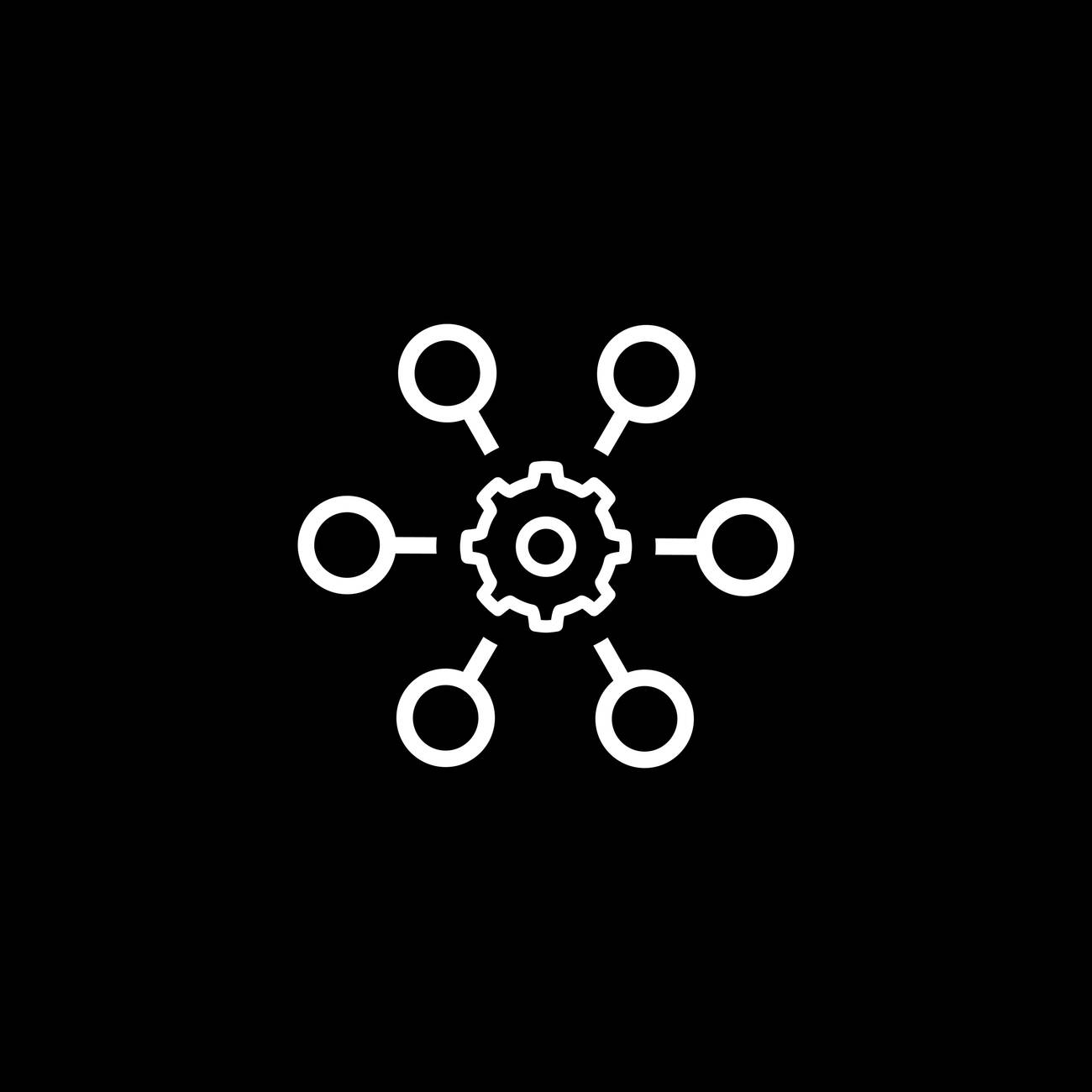Functional testing ensures that your software meets the specified requirements and functions as intended. Non-functional testing evaluates criteria like performance and security, ensuring your software handles load and stress effectively. Regression testing combines both functional and non-functional tests to ensure that your software continues to work correctly after changes are made. In this article, we will delve deeper into each type of test and explain their importance in software development.
Functional Testing
Functional testing is a type of automation testing that focuses on testing the real-world, business application of a software solution. It ensures that the software meets the specified functional requirements and performs as intended. In functional testing, you will be actively involved in verifying whether all the features and functionalities of the software are working correctly. You will test how well the software interacts with users, processes data, and handles various scenarios. By conducting functional tests, you can identify any defects or issues that may arise during normal usage of the software. This type of testing plays a crucial role in ensuring that the software meets user expectations and delivers value to businesses.
Non-functional Testing
Non-functional testing evaluates the performance and security requirements of a software solution. It focuses on aspects beyond the functionality of the software, such as how well it performs under different conditions and if it can withstand potential security threats. Performance testing measures factors like responsiveness and stability, ensuring that the software can handle varying loads and stress. Security testing identifies vulnerabilities in the software, highlighting any potential risks or weaknesses that could compromise data or system integrity. By conducting non-functional tests, you can gain confidence in your software’s ability to meet performance expectations and protect against security breaches, providing a reliable and secure solution for your users.
Smoke Testing
To ensure that your software solution covers the most crucial features, you should consider implementing smoke testing. Smoke testing is a type of automated test that focuses on verifying the basic functionality of an application. It is typically performed after a build or deployment to quickly identify any major issues or defects. Here are three key aspects of smoke testing:
- Scope: Smoke tests cover the critical functionalities and features of the software without going into detail. The goal is to ensure that the main workflows and core components are working as expected.
- Execution: Smoke tests are designed to be quick and efficient, providing immediate feedback on the stability of the software. They involve running a set of predefined test cases that exercise key functionalities.
- Validation: The results of smoke testing help determine if further testing can proceed or if there are significant issues that need to be addressed before more in-depth testing can take place.
Integration Testing
When conducting integration testing, you should ensure that all the individual pieces and functionalities of your software solution are tested together as a whole. Integration tests take the components of your software and test them collectively to ensure smooth integration and functionality. This type of testing is crucial in identifying any issues or bugs that may arise when different modules interact with each other. By performing integration testing, you can verify that the integrated system works correctly and meets the desired requirements. It helps uncover any inconsistencies or errors that may occur due to incompatible interfaces or data exchanges between different components. The table below summarizes the three types of automated tests, including smoke testing, integration testing, and regression testing.
| Types of Automated Tests | Description |
|---|---|
| Smoke Testing | Covers crucial features |
| Integration Testing | Tests individual pieces together |
| Regression Testing | Checks for regressions after changes |
Incorporating integration testing into your software development process ensures a more comprehensive evaluation of your system’s functionality and performance.
Regression Testing
Regression testing is an important step in the software development process to ensure that changes made to a system do not introduce new issues or bugs. Here are three key aspects of regression testing:
- Test Coverage: Regression tests should cover all critical functionalities and features of the software. This ensures that any changes made to the system are thoroughly tested, reducing the risk of introducing regressions.
- Automation: Regression testing can be time-consuming if done manually for each change. Automating regression tests allows for faster execution and repeatability, ensuring consistent results with minimal effort.
- Prioritization: Not all tests need to be executed during every regression cycle. Prioritizing tests based on their impact and importance helps optimize test coverage and reduces testing time without compromising quality.
Security Testing
JavaScript and cookies are essential components for ensuring the security of many websites. JavaScript allows for interactive and dynamic web content, while cookies store information about users and their preferences. Enabling JavaScript enhances the user experience on websites by providing real-time updates and interactive features. Cookies enable personalized content and remember user preferences, saving time by remembering login information. Online shopping websites rely on cookies to store shopping cart information. However, it’s important to be cautious when enabling cookies from unknown sources as they can track and collect sensitive user information. Additionally, JavaScript can be exploited by malicious code, leading to security risks. Therefore, it is crucial to stay updated with security measures while enjoying the benefits that JavaScript and cookies bring to website functionality.
Performance Testing
Now, let’s dive into the subtopic of Performance Testing. This type of automated testing focuses on evaluating criteria like responsiveness and stability as the software handles load and stress. By simulating heavy loads on servers, Performance Testing helps determine the software’s strength and its ability to handle different load types.
Here are three key aspects of Performance Testing:
- Load Testing: This test measures how well the system performs under normal and peak load conditions by subjecting it to increasing levels of user traffic.
- Stress Testing: In this test, extreme conditions are simulated to evaluate the system’s behavior when pushed beyond its limits, such as high volumes of data or multiple user interactions simultaneously.
- Endurance Testing: Also known as soak testing, this test assesses how the system performs over an extended period by subjecting it to sustained loads for a prolonged duration.
Unit Testing
Unit testing is a crucial phase of the testing process that focuses on evaluating the individual components or units of software. In this type of automated test, you examine each unit in isolation to ensure that it functions correctly. By doing so, you can identify any defects and fix them early in the development cycle, preventing issues from spreading to other parts of the software. Unit tests are typically written by developers themselves and involve testing small sections of code, such as functions or methods, to verify their behavior. These tests help improve code quality, facilitate debugging, and enable easier maintenance. Running unit tests regularly during development ensures that each component works as intended before integrating them into larger modules or systems.
Automation Test Frameworks
The Linear Framework, Modular Based Framework, and Library Architecture Framework are three commonly used automation test frameworks. Each framework has its own unique approach to organizing and executing automated tests:
- Linear Framework (Record and Playback): This basic framework allows testers to write and run a test script for each individual test case. It involves recording the steps performed manually and playing them back as an automated script.
- Modular Based Framework: In this framework, test cases are organized into smaller parts called modules. These modules are handled uniformly by a master script, allowing for better organization and reusability of test cases.
- Library Architecture Framework: This framework groups similar tasks within the test script into functions and stores them in a library for reusability. It promotes code reuse by encapsulating commonly used functionalities into libraries that can be easily accessed during test script development.
These frameworks provide structure and efficiency in automating testing processes, helping teams save time and effort while ensuring reliable software quality.




